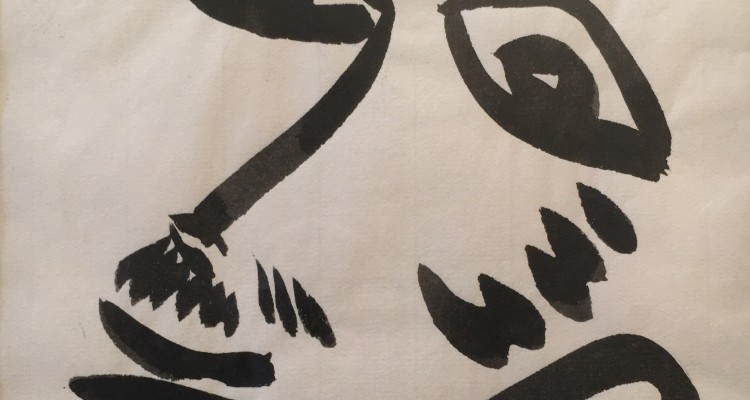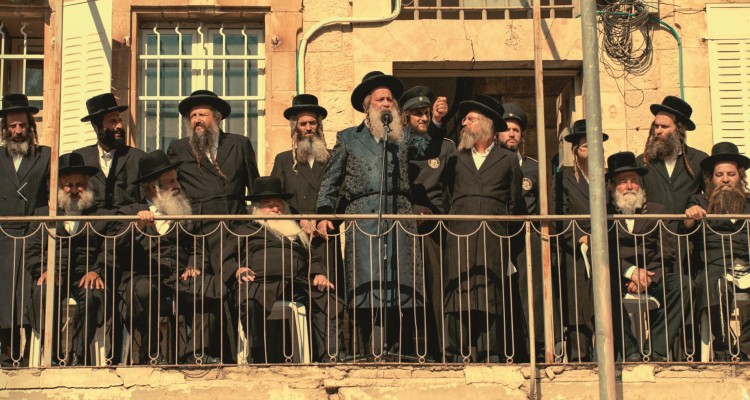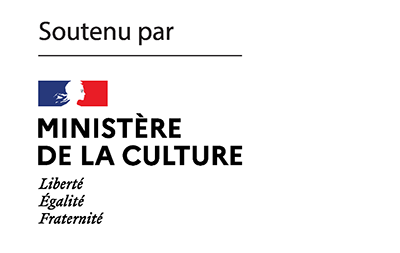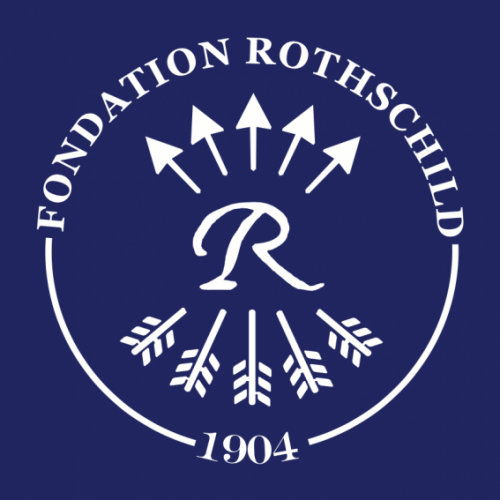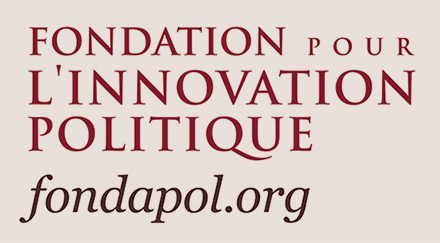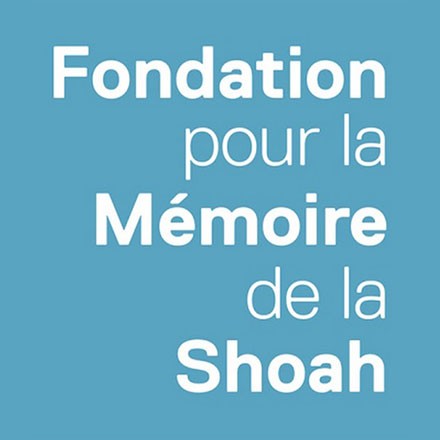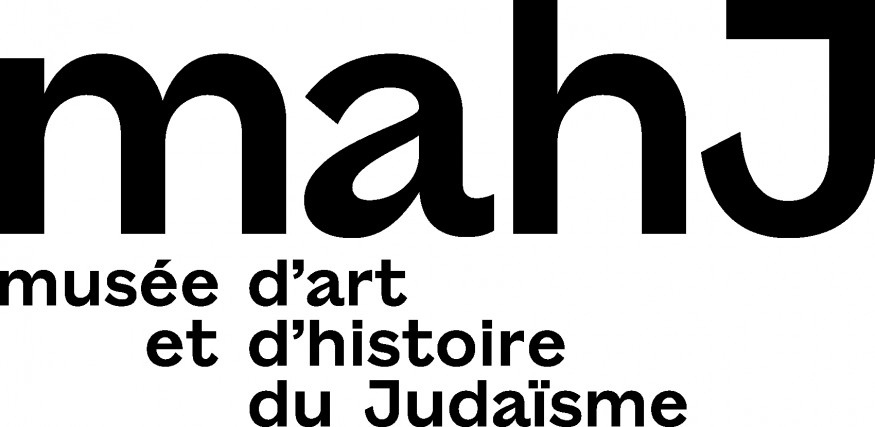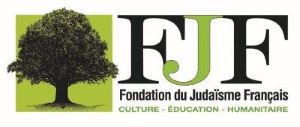For this week in the middle of summer, we have chosen to put back on the front page three texts concerning the circulation of Yiddish that have appeared in K. since its creation. This is an opportunity to ask ourselves a question: is Yiddish irrelevant? Is Yiddish forever imprisoned in old black and white photographs, of no importance to today’s Jews?
Yiddish was walled up, rejected, silenced. Its speakers were humiliated, ridiculed, murdered – along with others. Yet, in recent times, it has suddenly resurfaced. First, through the translation of key works of its literature, such as the dazzling poetry of Sutskever, offered to French readers by the great translator and professor Rachel Ertel. She presents the work and life of this man who was forbidden to speak Yiddish in Nuremberg, but who throughout his long-life wielded poetry like a shield, a living, armored skin.
But the Yiddish language also reappears through another cultural medium, that of video and cinema, which seize upon the cinematic character of the Hasidim in several films and series shot almost entirely in Yiddish – a Yiddish of today, that of the Hasidim who speak no other language. Will they seek political separation from the Zionist state, as the Israeli series Autonomies imagines? Noémie Benchimol interrogates the fantasies revealed by this series, soon to be shown in Europe, and questions the political meaning and organization of the Jewish state in an original way.
In the United States, where the Hasidic demographic is growing, these eternal Jews in exile, who carry Europe and the Torah with them, develop an important press. Like the poet Sutskever, who was not a Hasid, they roar when raises the prospect of the disappearance of their language. Macha Fogel provides us with a panorama of cultural and media production, which these Jews, for whom Yiddish was taken for granted, were able to obtain.
K. therefore chooses to focus on the most contemporary aspects of Yiddish. Without denying the irreversible wounds of the past, nor the natural course of minority languages that the twenty-first century is seeing disappear, our review gives a voice to those who live today within this language of exile, Jewish in essence, although born in the European Diaspora. In this regard, one can reread Macha Fogel’s second column on the contemporary “parochialism” that binds Yiddish speakers.
